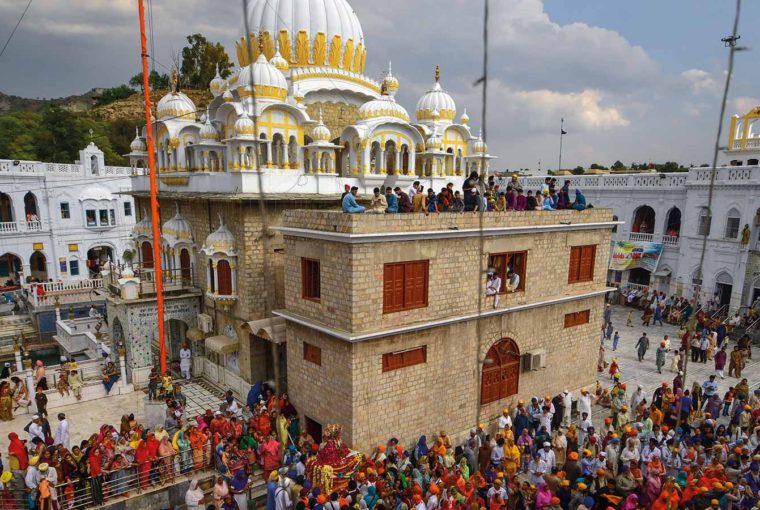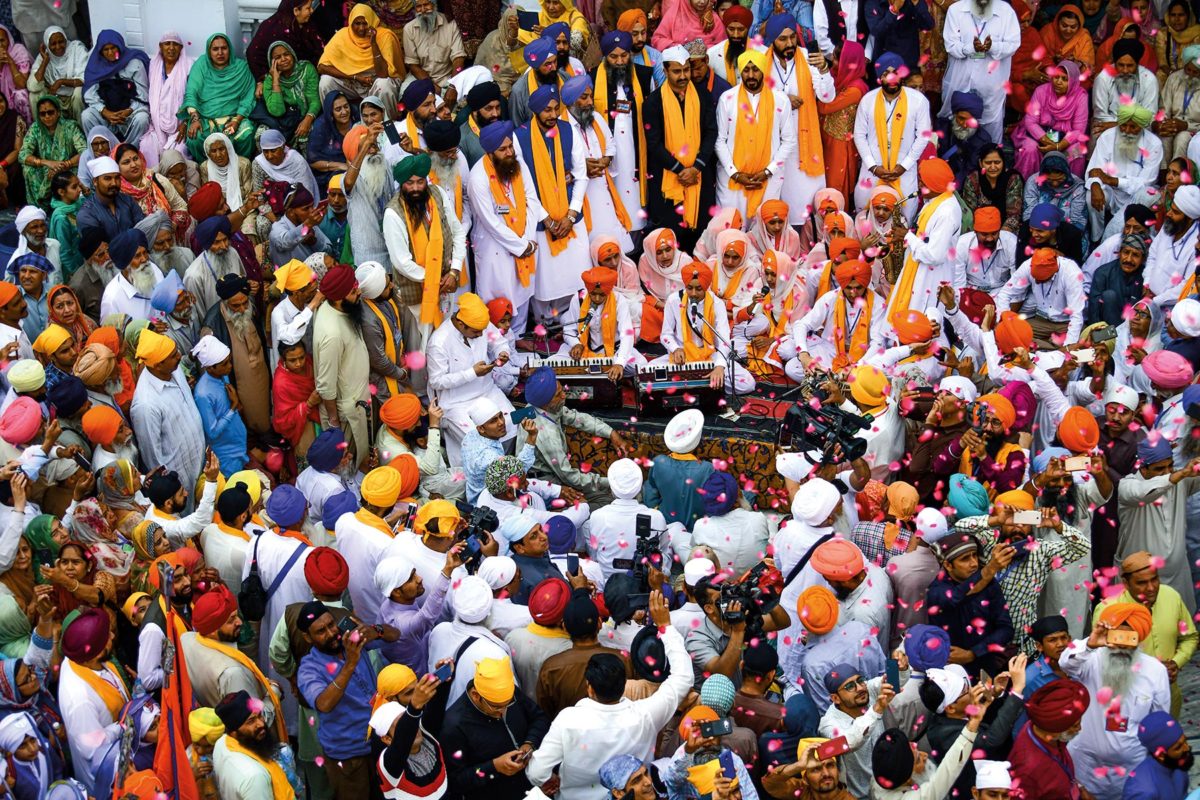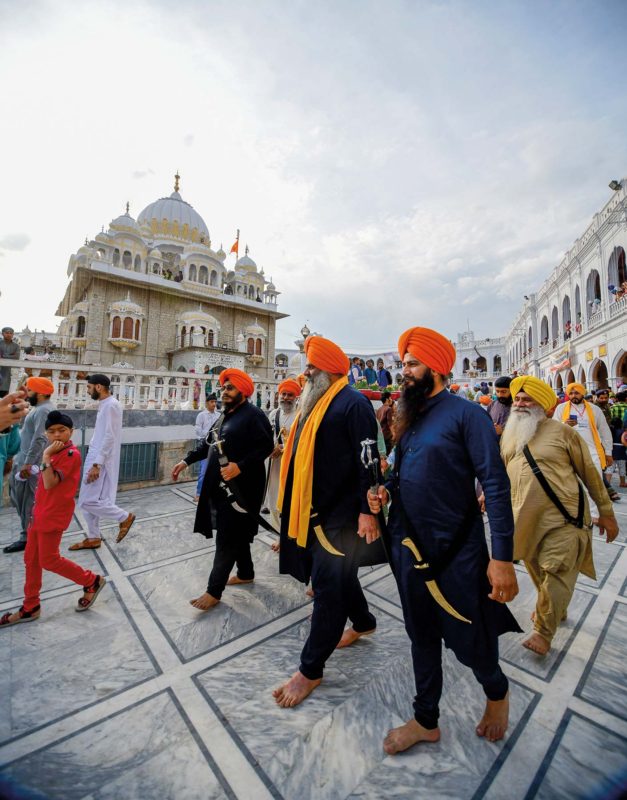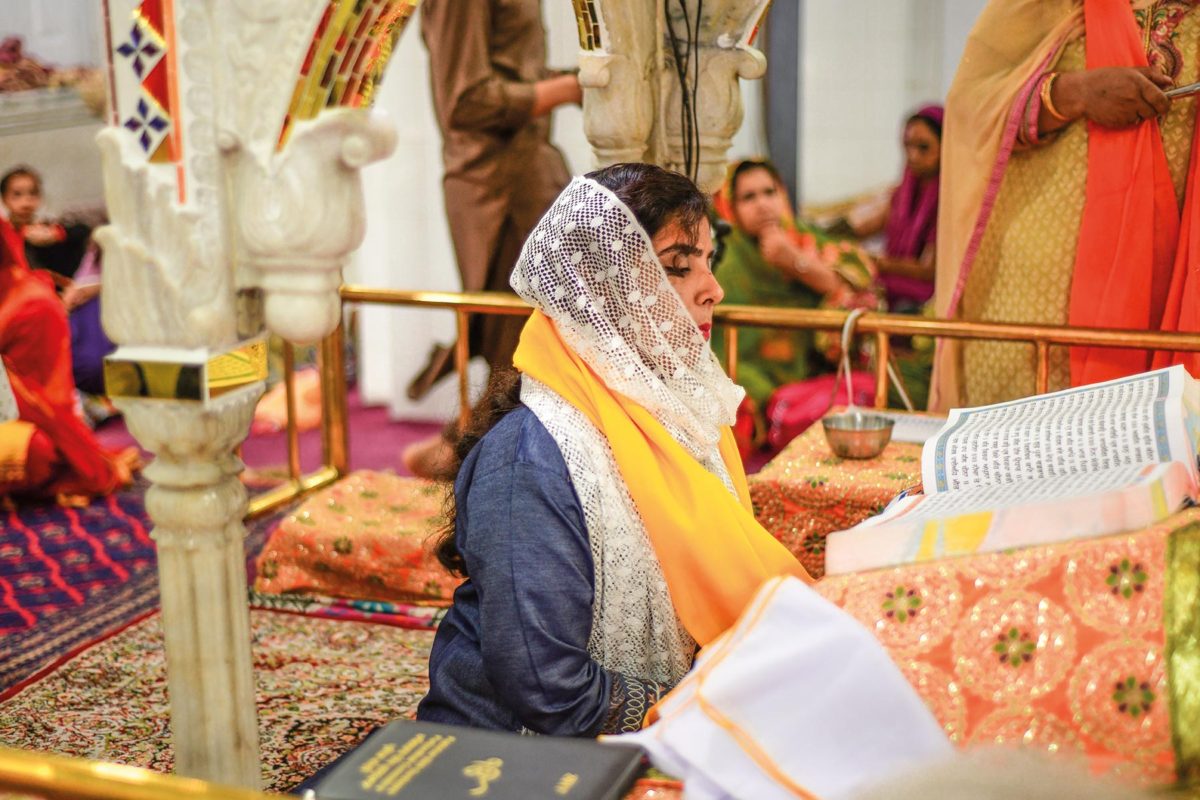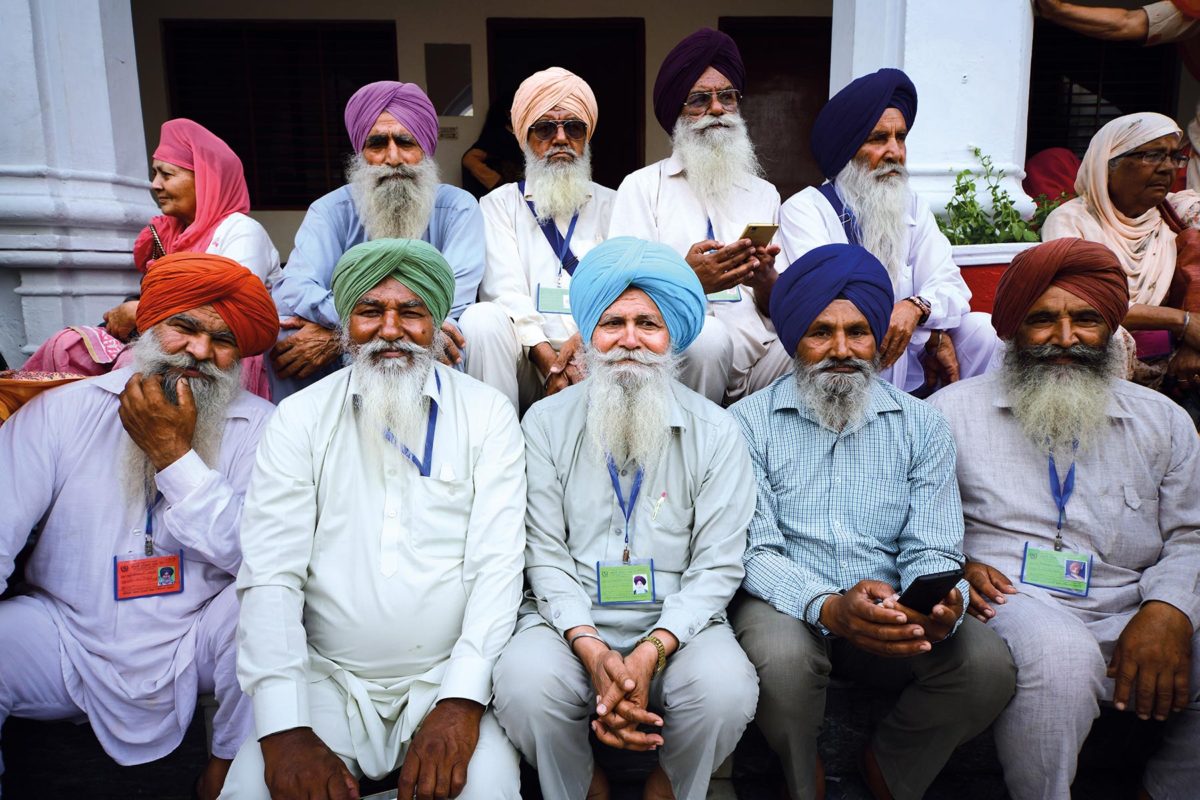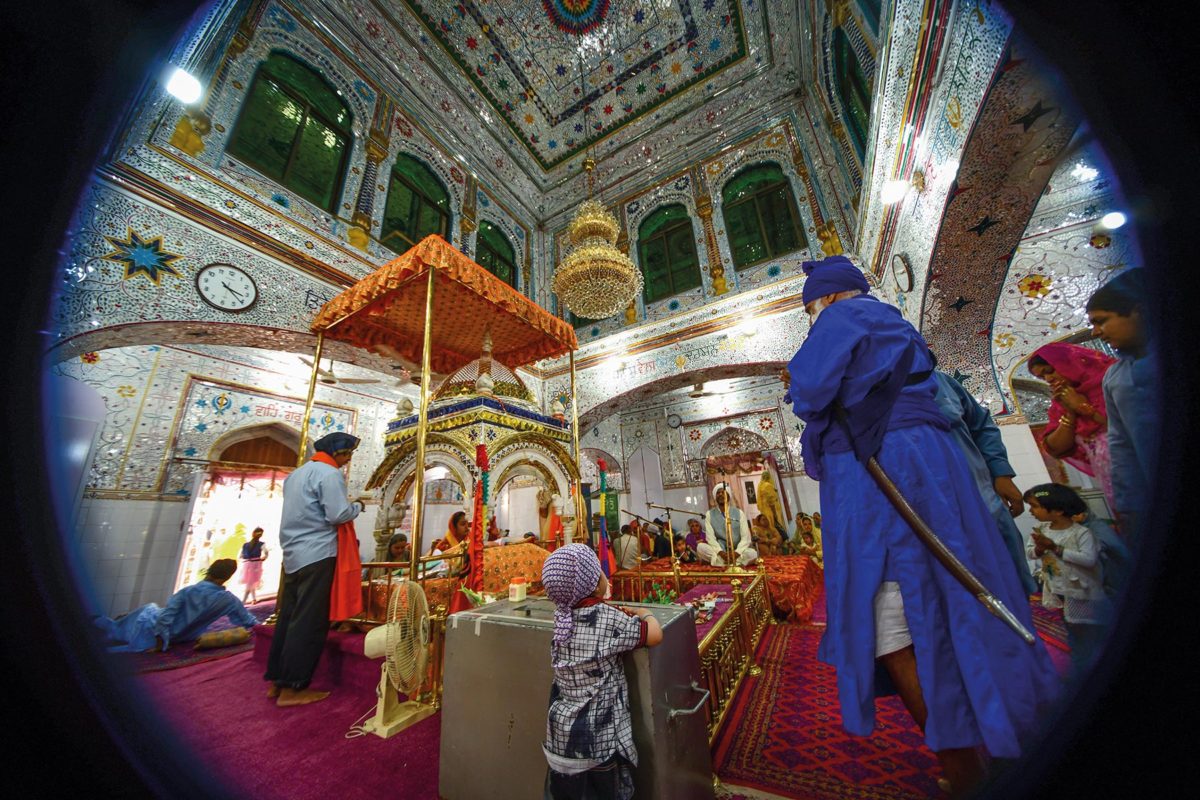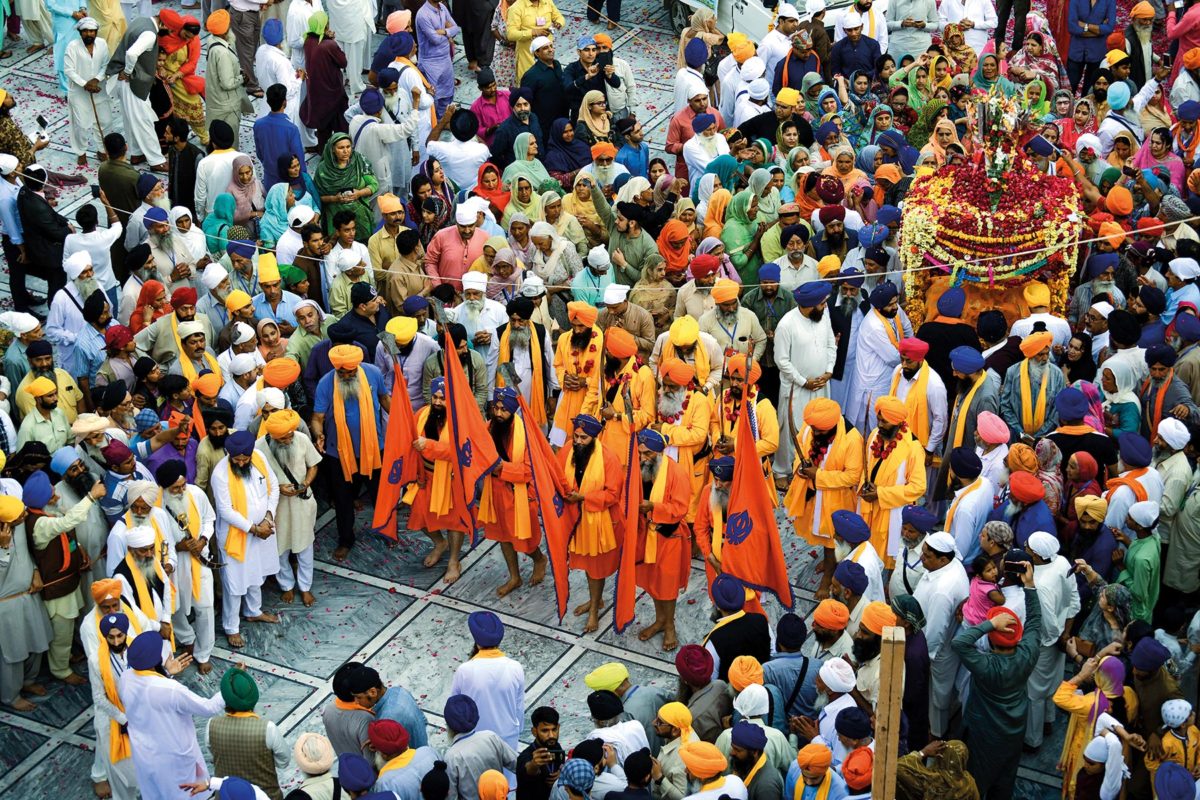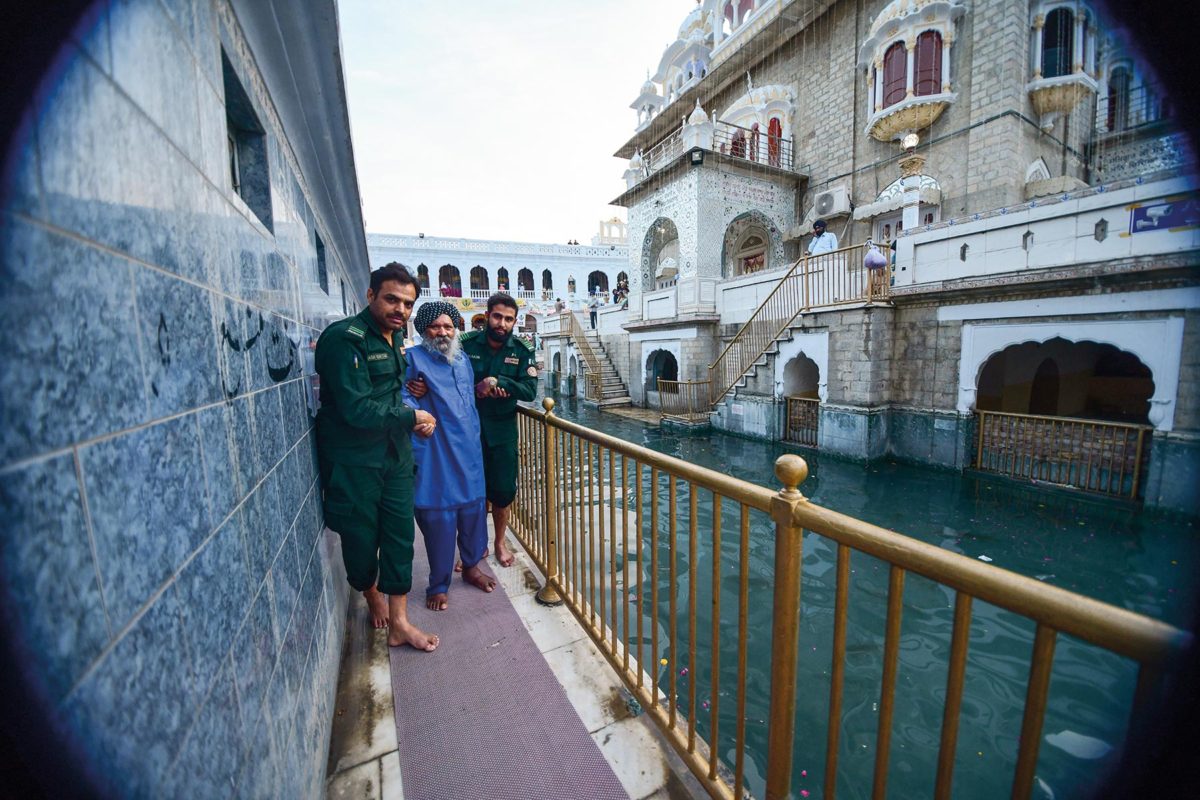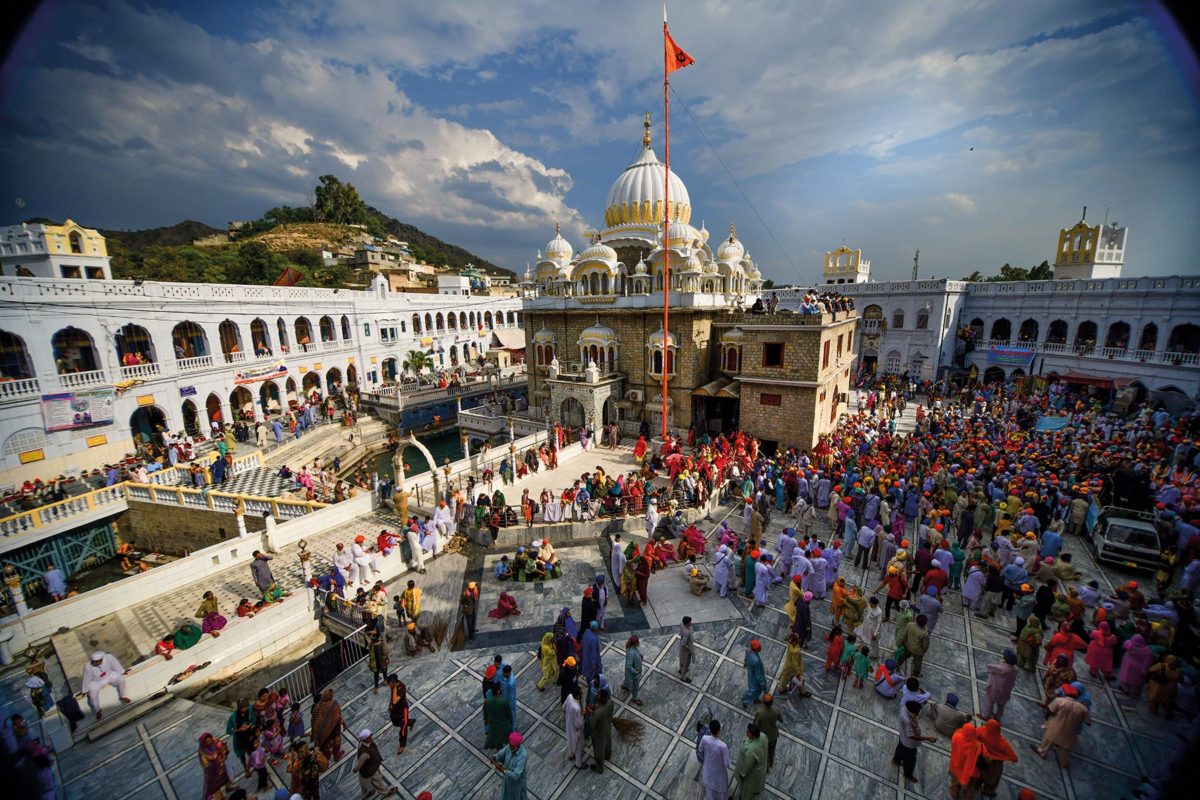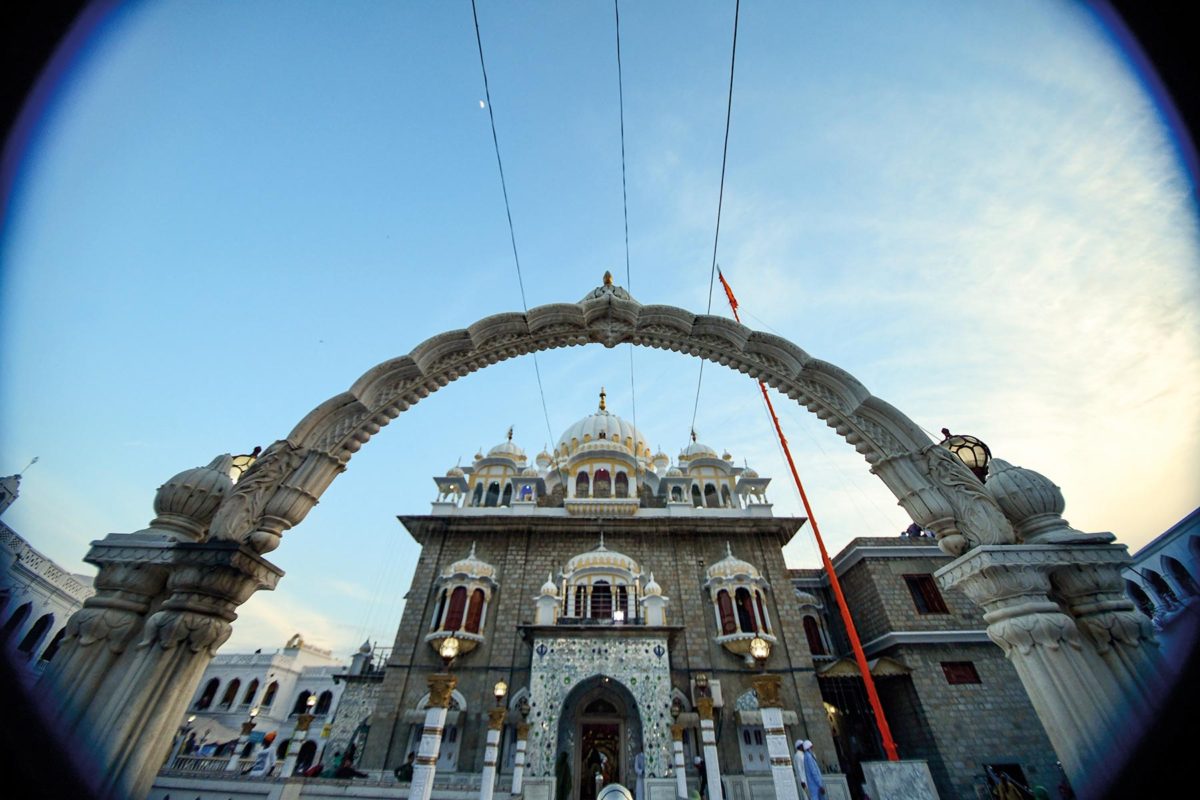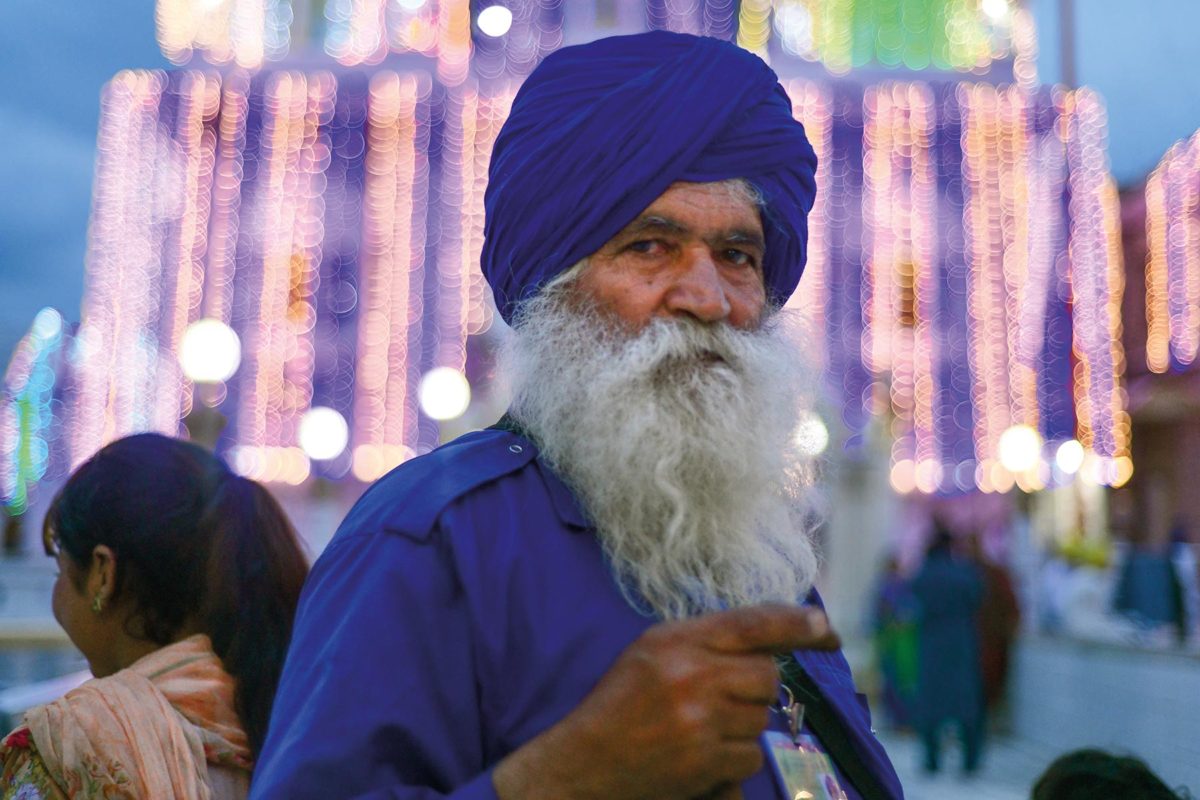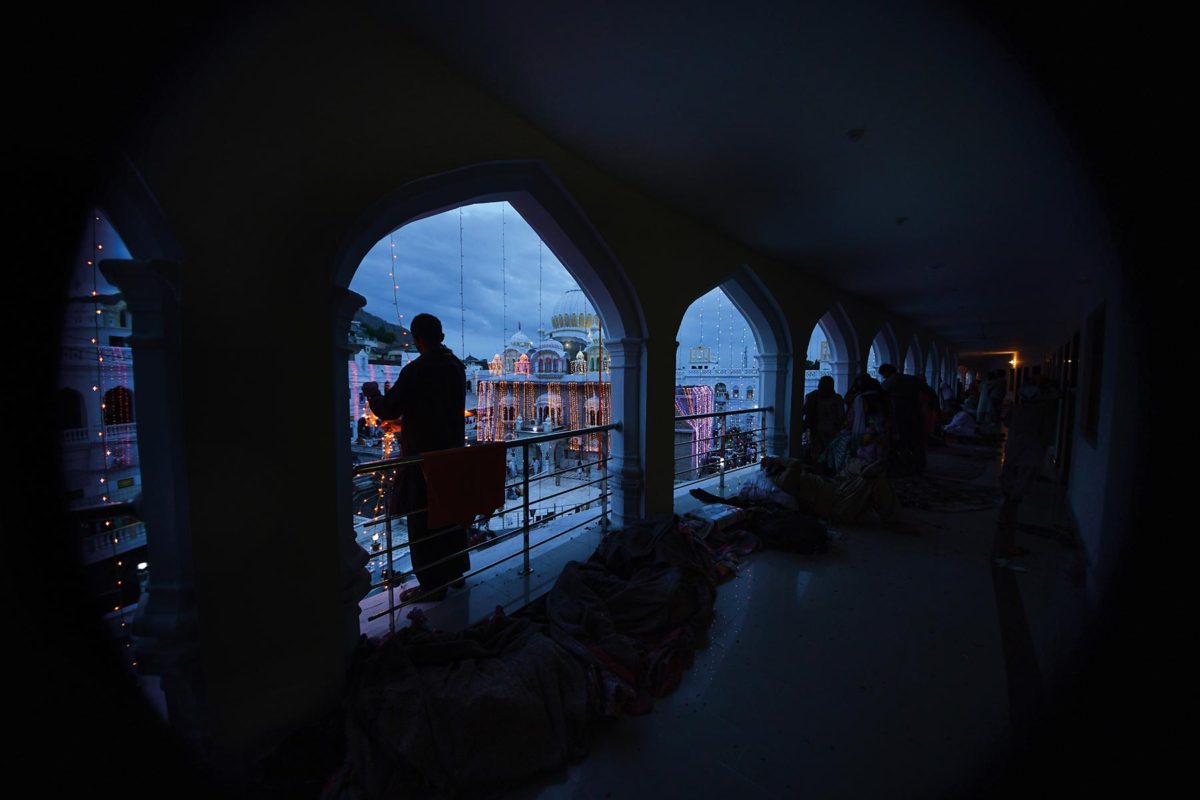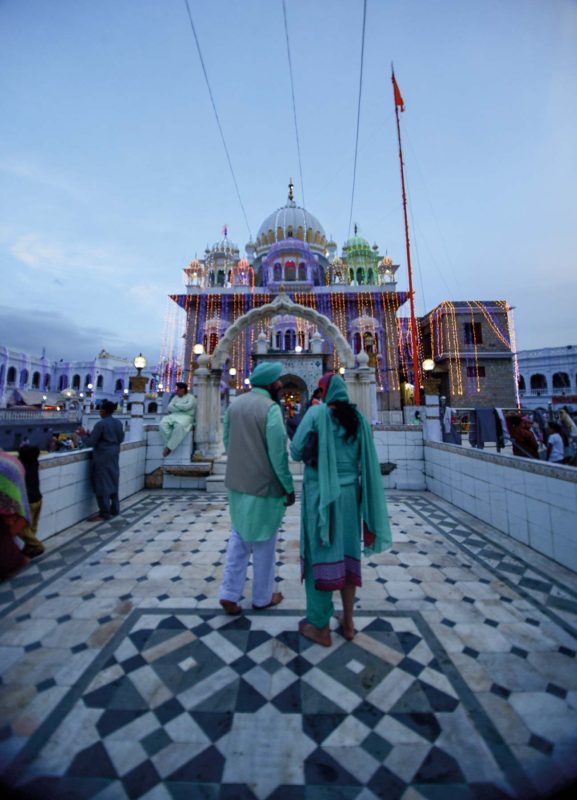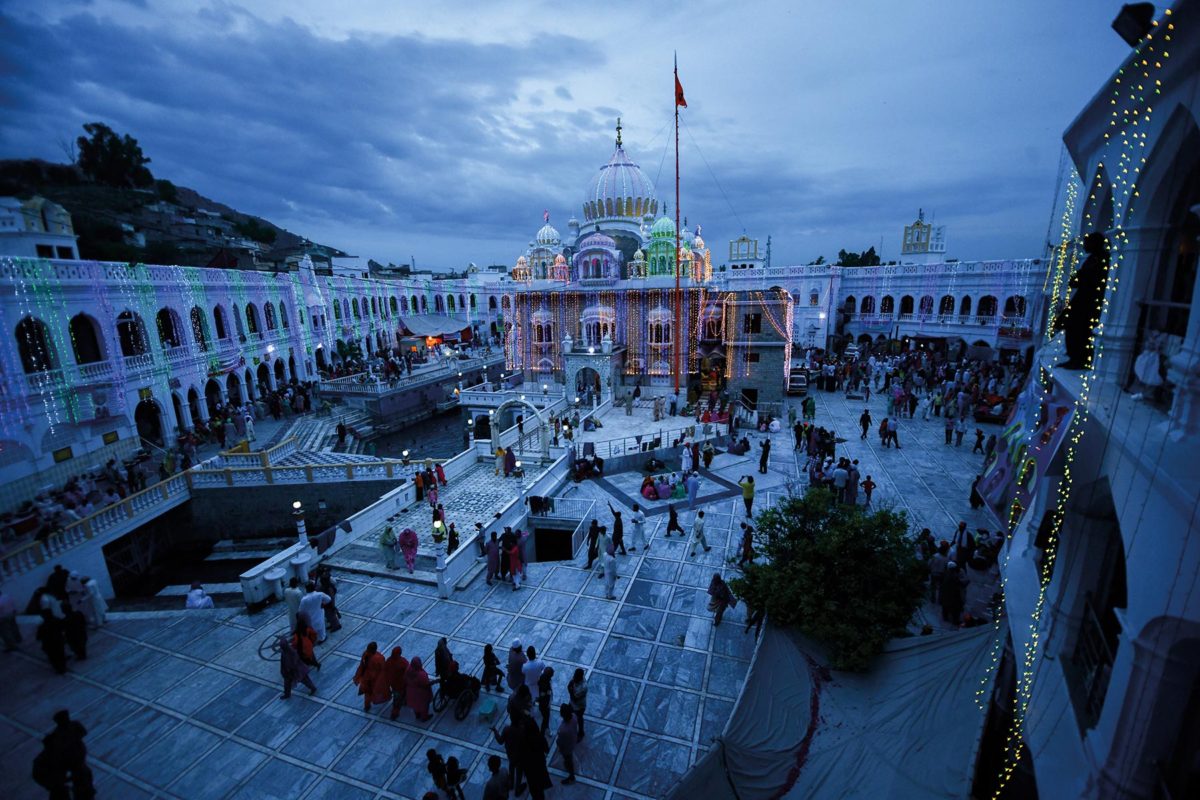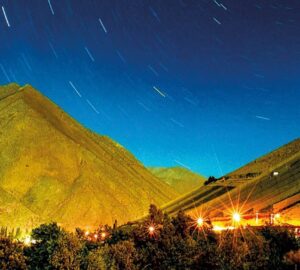Photography: Mobeen Ansari
Every year in April, thousands of Sikh devotees congregate within the city of Hasanabdal, 40km northwest of Islamabad, home to one of the oldest and holiest Sikh shrines in the region, Gurdwara Panja Sahib, on the occasion of Baisakhi. Prayers and festivities, rituals and colours mark the festival where pilgrims and devotees throng the shrine to herald the birth of the Sikh faith and the start of the Punjabi New Year. This year, acclaimed travel photographer Mobeen Ansari travelled to the gurdwara exclusively on assignment for DESTINATIONS to capture the essence of the festive, yet sacred, Baisakhi mela.
How would you describe the atmosphere at the gurdwara (shrine) during Baisakhi?
The atmosphere was ethereal and peaceful. One would think that with over 2,200 pilgrims from all over the world, it would be chaotic, but it was very tranquil. It was a surreal sight, with a sea of multi-coloured turbans, to feel the energy of prayers being recited from every pilgrim. In every nook and cranny of the gurdwara, there were pilgrims camped out. There was volunteer work everywhere as well. Inside the gurdwara, where the Granth Sahib (the holy book of Sikh scriptures) is kept, there was a nonstop flow of pilgrims and it was so peaceful, that some were even sleeping there. It was the quietest place I had been to.
What are some of the rituals associated with the festival that you got to witness?
There were many rituals and festivities of Sikhism involved, such as the recitation of the scripture and bathing in the holy water of the shrine. But what really caught my eye was the Panj Pyare (Beloved Five), leading a procession around the temple. The other, which you will always see in every gurdwara, is seva (selfless service). This involved langar (free food), and volunteers working around the clock to keep the temple clean.
You are known for your work photographing minorities, which culminated in the publication of your book White in the Flag. Yet would you say that covering Baisakhi was a unique experience for you?
I think this was a unique experience for me for many reasons. One is that the only Sikh festival I had been able to attend and photograph before this was Guru Nanak’s birthday, which is held in Gurdwara Janam Asthaan in Nankana Sahib. While that gurdwara is sacred for being Guru Nanak’s birthplace, it is vast, and celebrations and pilgrims are spread out, inside and outside.
What is beautiful about Gurdwara Panja Sahib is that it is very centric with residential buildings circling it, so you have a full view from the top, and you can actually see the volume of people. Moreover, the gurdwara is built on top of a pond, which shows the pilgrims’ special relationship with water. There’s the history of Guru Nanak’s handprint imprinted on a rock at the shrine as well. Everything from pilgrims’ movement to the functions and volunteer work runs like clockwork in harmony.
Did you get to interact with the visiting pilgrims? How did they feel about being in Pakistan?
I got to interact with a few, but my interaction was mostly limited to capturing them, and immersing myself in peace with them. Each soul was truly happy and content to be there, and said that they felt safe, and well cared for. They showed appreciation for the itinerary arranged for the Sikh yatris, to take them to gurdwaras across Punjab, on a schedule revolving around this festival. Many had travelled far and wide to come to Baisakhi, so this was a spiritual and an emotional experience for many.
What was the most moving aspect of the festival for you personally?
There was an elderly couple who had come from Amritsar. The man had difficulty walking, and he wished to touch the handprint of Guru Nanak. To reach there, you have to walk down a marble staircase which is partially underwater, so it is very slippery. There were Rescue 1122 officers there who saw him, took their shoes off, and carried him to the rock (where the handprint is), and waited while he prayed, then brought him back to higher ground once he was done. His wife was so appreciative that she told the officers that they are like sons to them. I was moved to tears.
How involved was the local community in the event?
As it is, the caretakers of the gurdwara are Muslims. Due to the sheer number of pilgrims, obviously there were security forces deployed to ensure protection of the pilgrims. They were very respectful, and when an officer’s shift would end, he would come inside the gurdwara, take his shoes off and pay his respects, or join in the festivities. There was an absolute sense of religious harmony.


